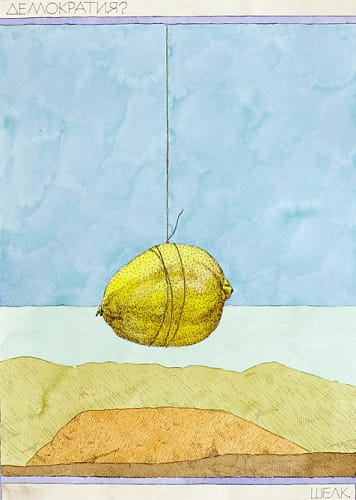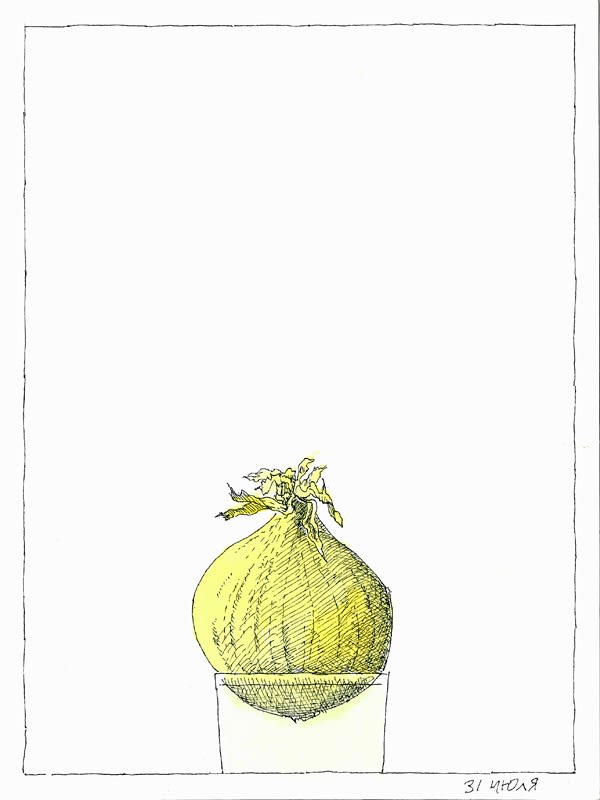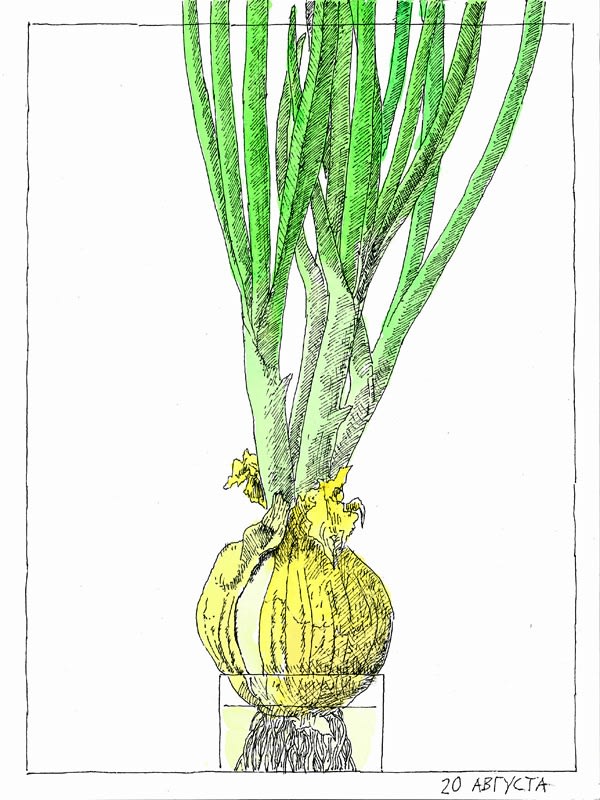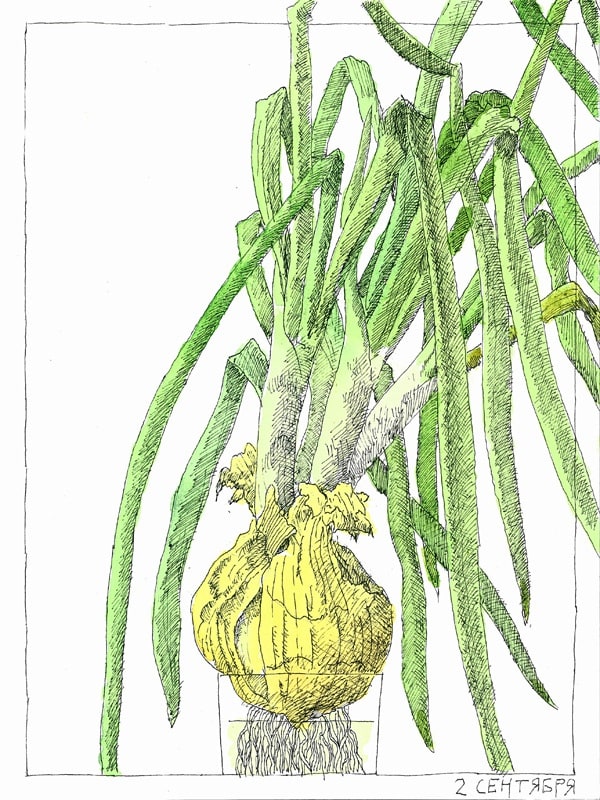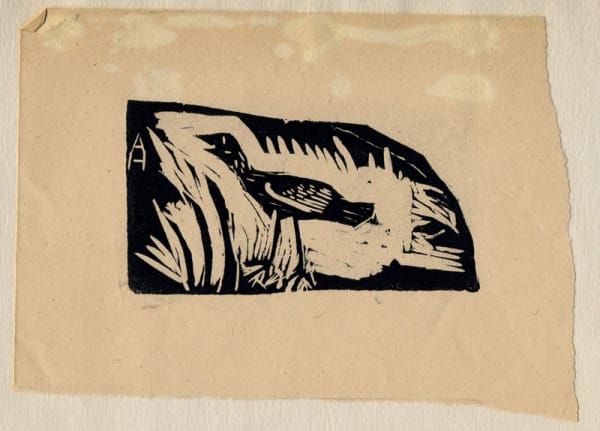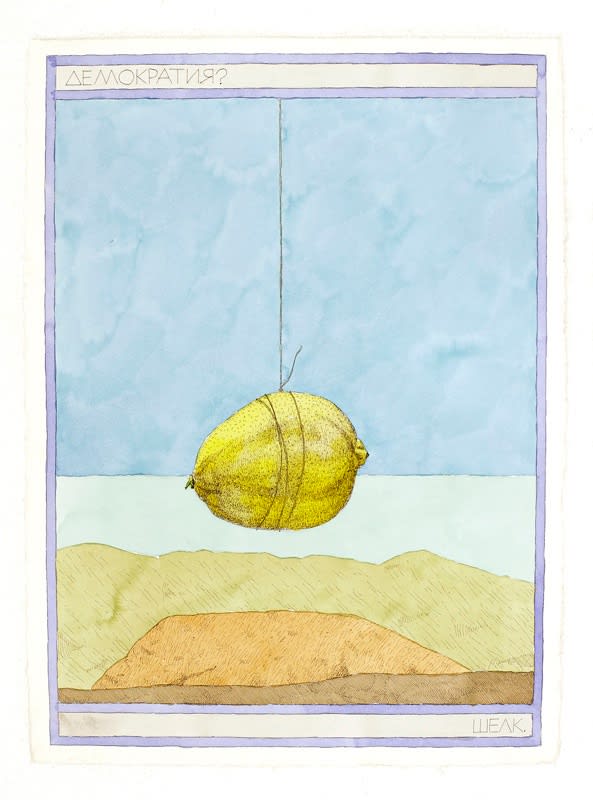Nikita Alexeev. PAPER CHAPELS… БУМАЖНЫЕ ЧАСОВНИ… CHAPELLES EN PAPIER…
Nikita Alexeev's new project develops and condenses that special atmosphere effect inherent in artwork on paper: texts, graphic series, and installations are divided here into twenty separate sections - chapels. The artist says that these slight and unobtrusive aesthetics were inspired by the architectural style of Gridchinhall, with its constructivist inclination to simple achromatic materials, large windows and clean interiors. As an extension of the architectural aesthetics of the exhibition space of Gridchinhall, Alexeev constructs along the walls twenty theme niches such as: «Photosynthesis Chapel» or «Red Crosses Chapel», «Cheburek Chapel», «Useless Money Chapel» or «Winter Leaf-fall Chapel». Yet, contrary to the actual construction and function of a chapel (a small church building lacking an altar and permanent attendants, with occasional invited priests), Nikita Alekseev’s chapels do not imply any, even random lithurgic activities. These are museum type chapels that one could see in larger catholic cathedrals, that now function as museums. All ordinations here have already been thought out, all gifts delivered, all services have been already recited, and present day attendants only change flowers and replace explication pages taken by tourists.
So what stands behind the initiations of these chapels? We delegate the rights to the final answer (twenty versions of an answer) to the audience. It should only be noted that the artist stays true to himself in this project, continuously playing complicated intellectual games with signs, images, associations and affects – more prominently than ever before. «... Signs are shadows that play on the surface of bodies» - Gilles Deleuze wrote in his «Critical and Clinical», and that is what Nikita Alexeev makes true. Each chapel means affect space, stressing the fluctuation of a sign, its vagueness, its relative characteristic and simultaneously its paradox liveliness. Everything that has a «metaphysical» meaning here, is a result of a connection, of a reciprocal influence, just as snow and wind have an effect on a piece of paper, whose trembling is transmitted to a drawn plant.
As a passionate traveler and a collector of traveler’s flash-of-inspiration, the artist invites us on a new adventure. Alexeev has shown such artwork-adventures for a long time. His early albums and scrolls such as «Journey of the Homeland» and «Black square adventures», just to name a few, are some such works. Now the artist lays a route of a new spatio-temporal suite in accordance with niches and folds of his own memory.
About the artist
Nikita Alexeev is the name traditionally associated with Moscow conceptual school of 1970-1980. But his creative development is much wider and also includes APTART (a legendary art gallery that had been situated in Alexeev's apartment in the early ‘80s), and «new wave», a movement that rehabilitated figurative painting.
Nikita Alexeev has been one of the central figures of the Russian art-scene for over thirty years. His symbolic role as a «first team player» ironically combines with his utter escapism and his reluctance to participate in public «star rituals» - posing for media or autographing. This became most apparent when at the moments of commercial successes (and sadly also the degradation in quality) of Russian contemporary art at the turn of 1980s and 1990s, or at the beginning of the new century, Alexeev moved abroad for many years, or declared suspension of his art activities. But after all the dust and silt have settled, he could always be found at the center of the art process.
Nikita Alexeev is well known for his paintings and performances as well as for his work in the literary genre. Literature is a separate and remarkable component of his art: almost every one of his projects include an author's comment - sometimes as an explication, sometimes as a part of an artwork. This recognizable manner of fusing an image and a literary description, refers to the phenomenon of literary diaries of Alexandre Pushkin or travel notes of Carl Linnaeus. An original graphic source freely flowing over «from words to deeds» or from letter to image, helps to create the atmosphere of fluctuating mood and different viewer interpretations.
